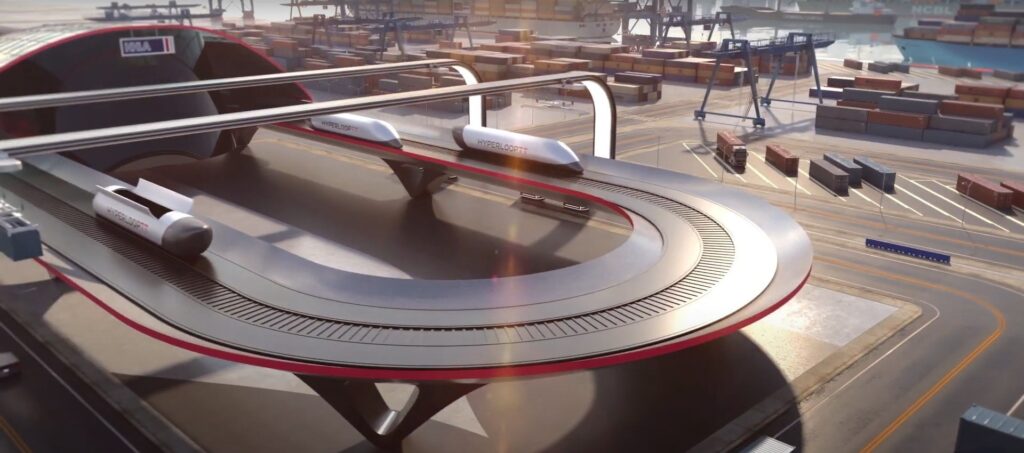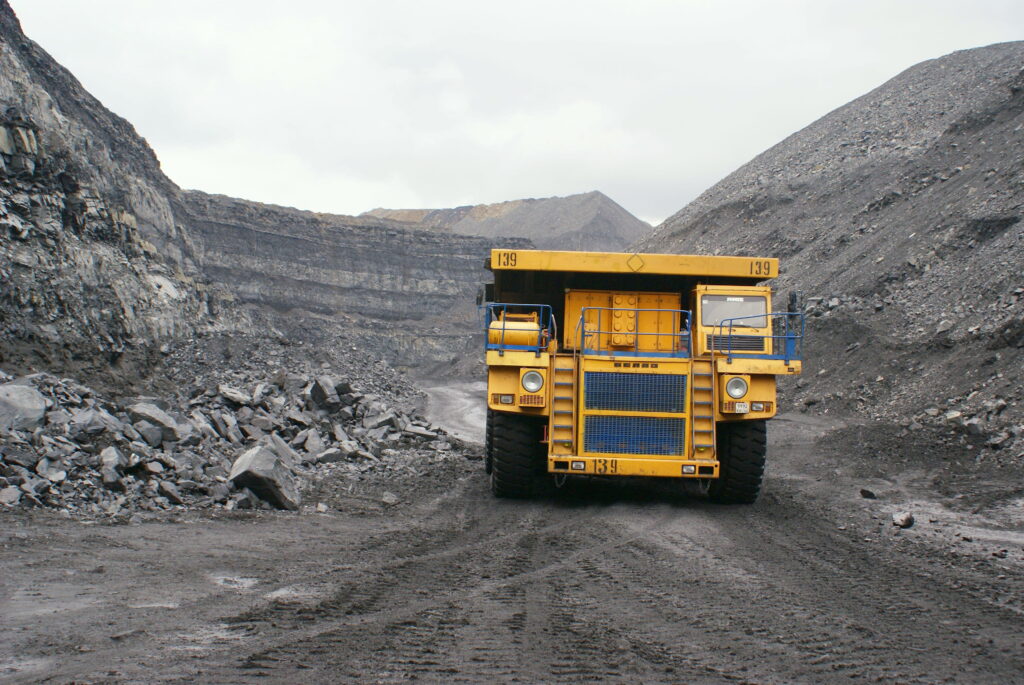Entrepreneur Elon Musk initially suggested the futuristic mode of transportation known as the “Hyperloop” in 2013. It includes using magnetic levitation technology to rapidly propel pods or capsules through a tube that has been vacuum sealed. To eliminate air resistance and enable the pods to move at high speeds with little energy consumption, the primary idea underlying Hyperloop is to lower the pressure inside the tube. Electric engines would be used to push the pods, and magnetic levitation would be used to lift them off the ground. The pods would move inside the tubes without air resistance, supported by pillars or pylons.

What were the expected benefits of the Hyperloop?
As a form of transportation, the hyperloop has the potential to provide several advantages. The following are a few anticipated advantages:
Compared to other forms of transportation, the hyperloop is anticipated to be substantially faster. Pods may be able to reach speeds of up to 700 miles per hour, which would significantly save the amount of time needed to travel huge distances.
Low friction and little air resistance are key components of the hyperloop’s energy-efficient construction. As a result, it might use less energy than other transportation forms, making it more environmentally friendly.
Compared to other types of transportation like high-speed rail or air travel, the hyperloop might be less expensive. This is because it requires less infrastructure and is anticipated to have reduced operational costs.
Transportation in the Hyperloop has the potential to be safe. There is little chance of accidents brought on by the weather or other environmental conditions because it functions in a vacuum-sealed tube. In addition, using magnetic levitation technology might make collisions and derailments less likely to result in accidents.
The hyperloop could aid in reducing traffic on roads, highways, and at train and airport terminals. This may significantly affect transportation speed overall, cutting down on journey times.

What Companies are making Hyperloop?
Many businesses are engaged in the development of hyperloop technology. Following are some of the major businesses:
Hyperloop One and Richard Branson’s Virgin Group established Virgin Hyperloop as a business. The first successful passenger test of its system was completed in Las Vegas in 2020, and it aspires to create a Hyperloop system that is economically feasible.
A California-based business called Hyperloop Transportation Technologies (HTT) is using a crowdsourcing technique to create the Hyperloop technology. It actively constructs test tracks and has collaborations with numerous businesses and governments all over the world.
Hardt Hyperloop is a Dutch business that is creating a Hyperloop system that will work with current transportation networks. It is also constructing a Hyperloop certification structure.
TransPod is a Canadian business that is creating a Hyperloop system for swift cargo and passenger transport. It is creating the Hyperloop system’s propulsion system, levitation technology, and other crucial parts.
Arrivo: A business based in Colorado that is creating a Hyperloop technology for city travel. It is attempting to create a network of Hyperloop tubes that can be used to swiftly and effectively move both people and products.
Just a few of the businesses engaged in the development of Hyperloop technology are included here. We can anticipate more businesses entering the market and assisting in the development of this cutting-edge transportation idea as technology advances.
Problems Faced-
Before becoming a common means of transportation, the hyperloop must overcome several obstacles. The key obstacles are as follows:
Cost: The primary obstacle for Hyperloop is the exorbitant expense of developing the necessary infrastructure. It is challenging to establish a commercially viable system since the cost of building the vacuum-sealed tubes, support structures, and stations is projected to be very high.
Another significant difficulty is ensuring the safety of those being transported in a vacuum-sealed tube at high speeds, whether they be people or cargo. Natural disasters, system failures, and other potential threats would require the Hyperloop to be built to resist them.
Regulation: Since the Hyperloop is a novel means of transportation that is not currently regulated, there are additional regulatory issues that must be resolved. A legal structure must be established to guarantee the system’s dependability and safety.
Technology: Creating the technology necessary to run the Hyperloop safely and effectively is another difficult task. This entails, among other things, creating the propulsion system, levitation technology, and control systems.
Public acceptability: The new mode of transportation also faces difficulties in public adoption. Since the hyperloop is a brand-new and unproven technology, many people might be reluctant to utilize it until it is shown to be trustworthy and safe.
Despite these difficulties, organizations such as Virgin Hyperloop, Hyperloop Transportation Technologies, and others are working hard to find solutions to them to make Hyperloop a reality.






